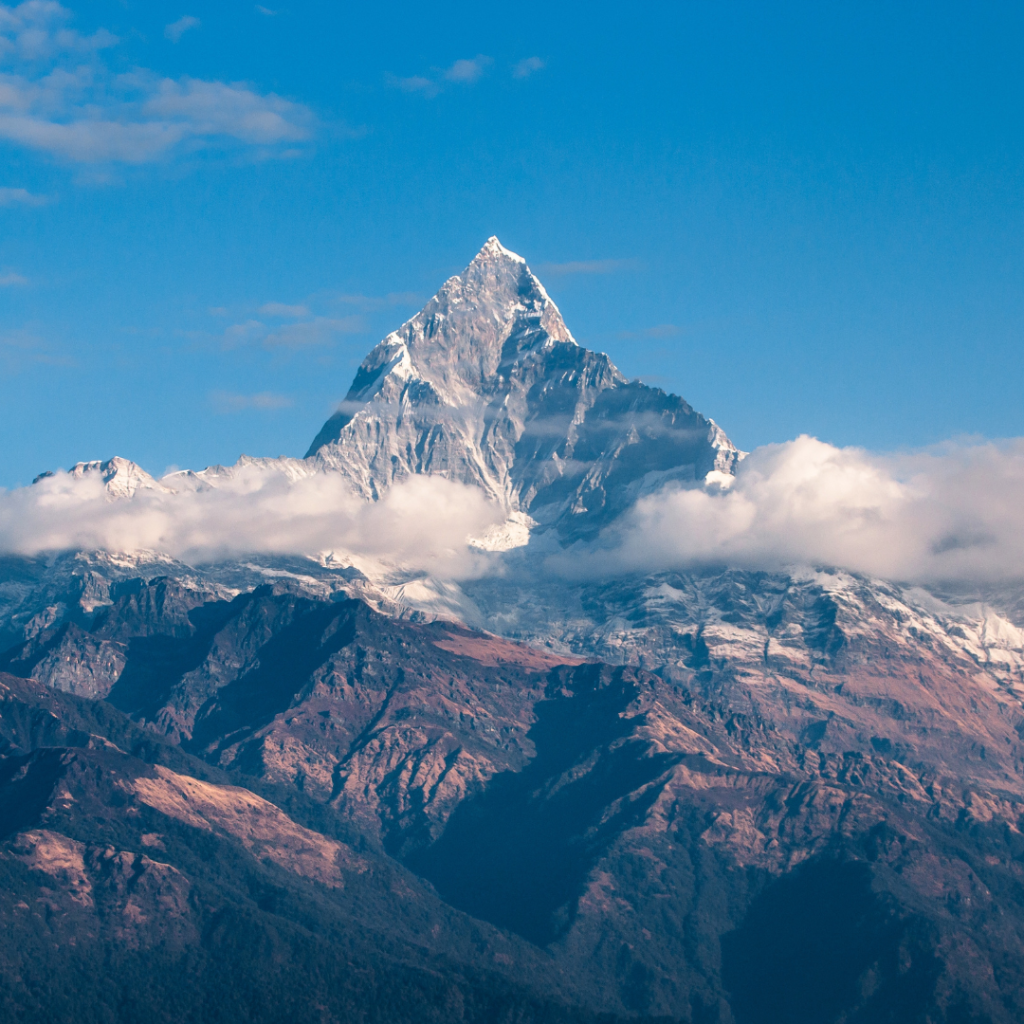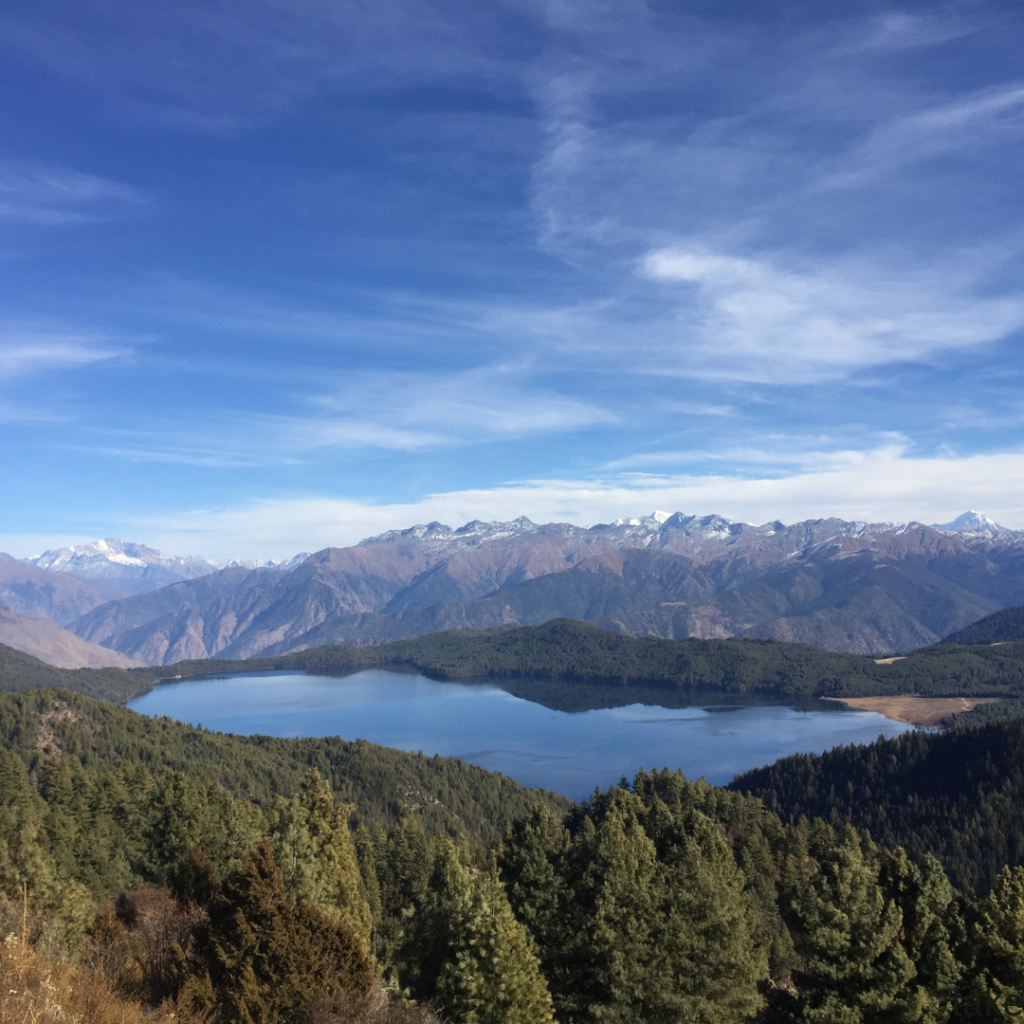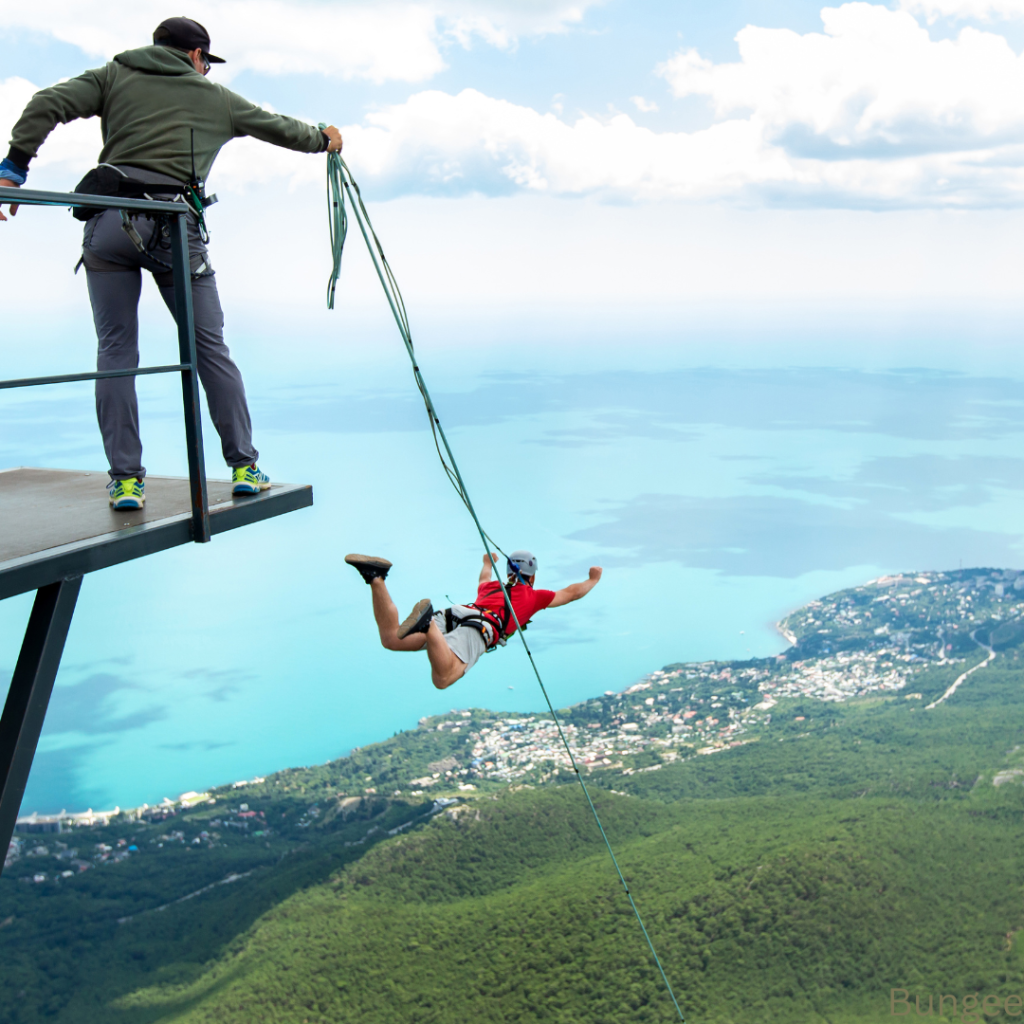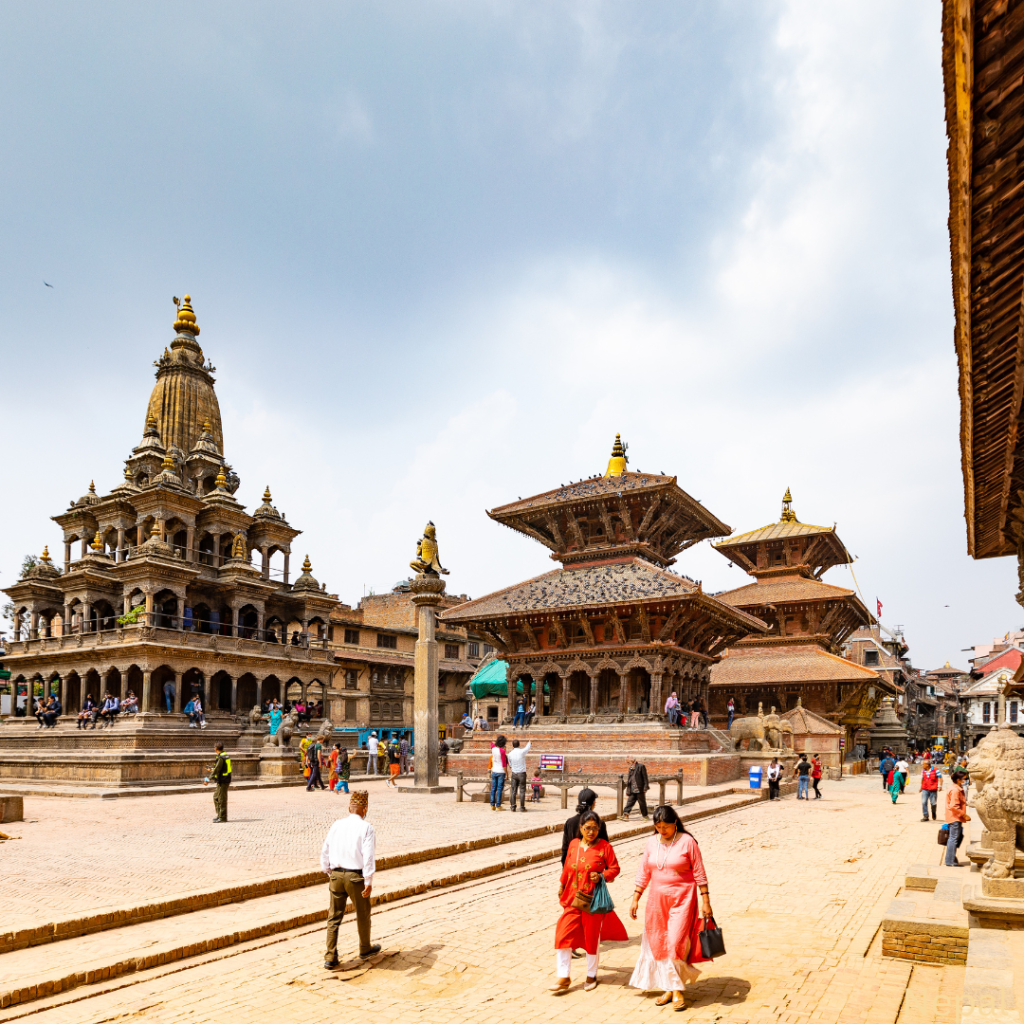The Impact of Social Media on Tourism in Nepal
Introduction: How Social Media is Helping in the Growth of Nepal’s Tourism
Social media has acted as a strong catalyst for increasing tourism in Nepal, and this finally helps the country to showcase its natural beauty, rich culture and adventure tourism opportunities at the global level. Through social media platforms like Instagram, Facebook, and YouTube, travelers and influencers alike can share experiences in real-time, which influences others to explore more about Nepal’s diverse landscapes and attractions.

Social Media, Promoting Tourism in Nepal
Destination Awareness and Aesthetic Value: From the snow-capped Himalayas to the lush jungles, Nepal is a hub of highly photogenic landscapes, hence perfection for Instagram-like platforms. The great visuals at places such as Everest Base Camp, Pokhara and Annapurna have been iconic to make these places exemplary for potential tourists around the world.

User-Generated Content and Reviews: Customer reviews, travel blogs and shared experiences among the travelers themselves act as testimonials, motivating others to plan a tour. The social network channels make it easier for the potential tourists to hunt for firsthand information about accommodations, routes for trekking, local experiences and lesser-visited places.
Influencer Marketing and Collaboration: Influencers, as well as travel bloggers from both Nepal and abroad, often collaborate with tourism boards and local brands. Curated experiences are indeed very important in amplifying the appeal of Nepal’s tourism. Be it traditional festivals or all types of new adventure sports, it showcases everything that has a great influence on travel trends.
Direct Exposure to Tourists: It helps tourists locate information about accommodation, transportation, and guides by communicating directly with the tourism operators; this interaction via social media hence assists in faster responses and thus makes it easier to plan trips.
Transformative Impacts of Social Media on Nepal’s Tourism Industry
The growth of less populist destinations: Social media brought out the lesser-known spots, dispersing the tourist flow across different geographies rather than concentrating it in the obvious areas like Kathmandu and Pokhara. Places like Khaptad, Rara Lake and Gosaikunda have found their increasing representation and diversified the tourism portfolio.

Economic Gain to the Local Communities: With the exposure that one gets through social media, economic benefits have resulted in interest from local communities for investment in homestays, guide services and small businesses. This is particularly appealing in rural areas since it provides a sustainable form of income generation.
Increased Adventure and Niche Tourism: Generally, social media hastens demand for niche tourism experiences in Nepal, such as paragliding, bungee jumping, mountain biking and trekking. It opens new revenue opportunities for locals and has established Nepal as one of the big adventure tourism destinations.

Preservation of Culture and Tradition: This increasing importance on experiential tourism has also brought forward the different festivals, traditional crafts and cultural practices of Nepal through social media. Such exposure has further encouraged not only interest but also local communities to preserve their heritage in order to attract tourists.

Issues of Social Media on Tourism in Nepal
Over tourism and Environmental Strain: Popularity through social media brings the destinations to a choke point. The environmental degradation due to overcrowding increases. Waste management, disturbance to the ecosystem-these are some challenges faced by trekking routes like Everest Base Camp due to increased footfall.

Cultural Erosion and Authenticity: Where social media provides exposure, it also commercializes cultural practices that will eventually be lost in their authenticity. The locals might, in addition change some aspects of culture or even fake certain customs to meet the expectations of tourists visiting them, hence taking away from the actual experience.
Dependence on Foreigners as Content Developers: Most of the marketing strategies regarding Nepal’s tourism are dependent on foreign influencers and this may also result in picturing Nepal from an outsider’s perspective. This leads to the gulf between what a tourist expects from Nepal’s culture, infrastructure and lifestyle and what actually is.

Cybersecurity and Privacy Concerns: Increased use of digital content and social media in tourism marketing raises concerns about data security particularly in cases where information about tourists is shared or used without consent.
Trends and the Future of Social Media in Nepal’s Tourism Industry
Virtual tourism is gaining momentum with the advancement in technology. Popular events and festivals are streamed online via various social media platforms, so that viewers from all over the world catch a glimpse of Nepalese culture without having to actually travel. It could act as a gateway for future travelers.
Local Content Creation and Digital Storytelling: The sharing of perspective and stories by Nepalese content creators is a growing trend that helps in tourism promotion from a genuinely indigenous point of view. This helps represent the culture of Nepal in a much more personalized and unique way.
For this reason, with growing environmental awareness, social media campaigns in Nepal started promoting sustainable tourism by trying to educate tourists about responsible travel and the conservation of natural resources.
Focus on Experiential and Eco-Tourism: Social media are also creating demand in ways that call for experiential and eco-friendly tourism, highlighting low-impact activities such as eco-lodging, community-based tourism and conservation-oriented tourism. This falls within emerging international travel trends and aligns with Nepal’s goals on conservation.
To find out more about Tourism : Khojney
Conclusion
Social media have hugely penetrated the tourism sector in Nepal, bringing about opportunities and challenges simultaneously. This has accelerated destination awareness, supported the local economy and fostered niche tourism-all vital roles in developing Nepal’s tourism. Mindful management is required to avoid environmental degradation and cultural loss. Allowing social media to continue playing its role in showcasing the unique beauty and diversity of Nepal to the world will require focused attention on authenticity, sustainability and local involvement.


